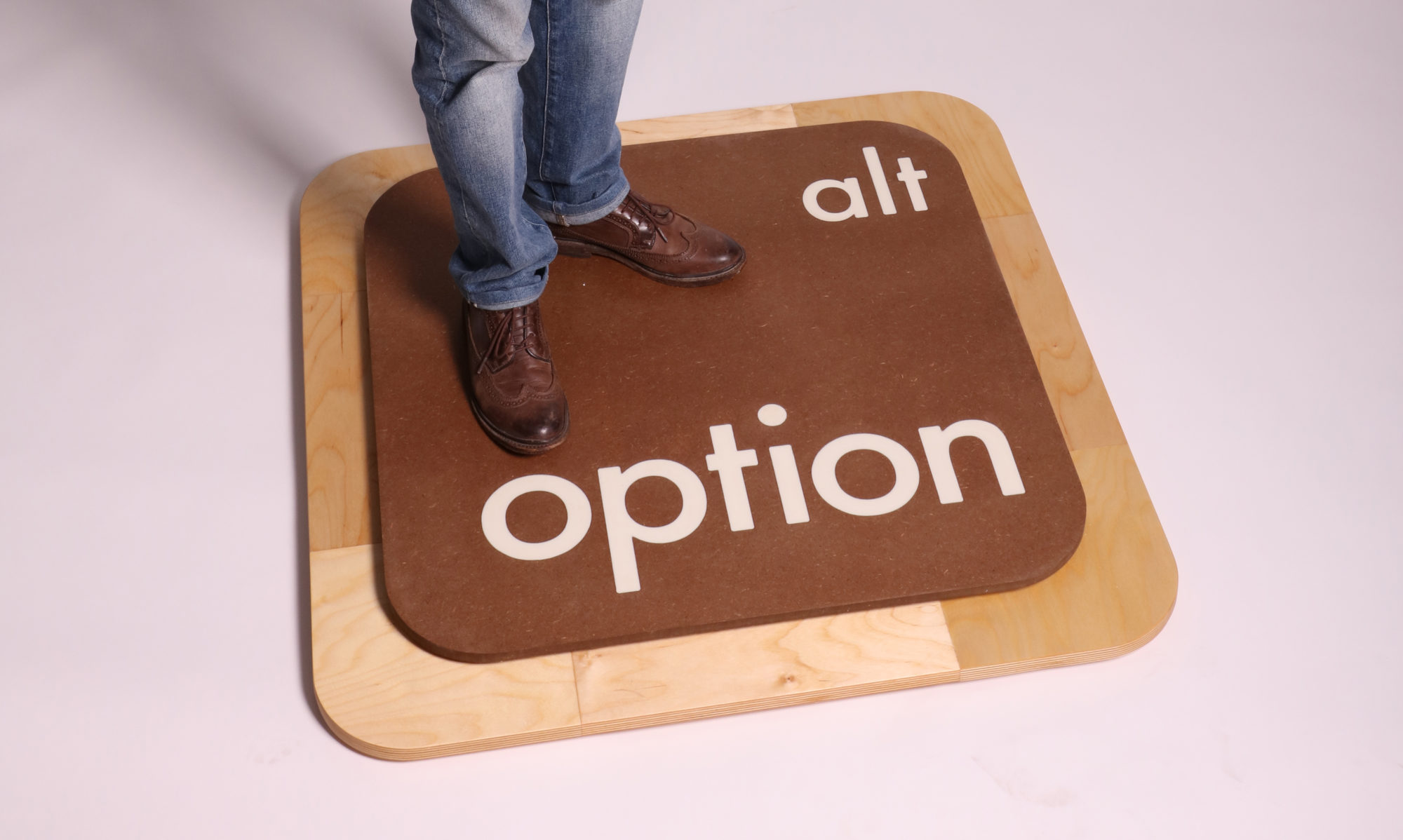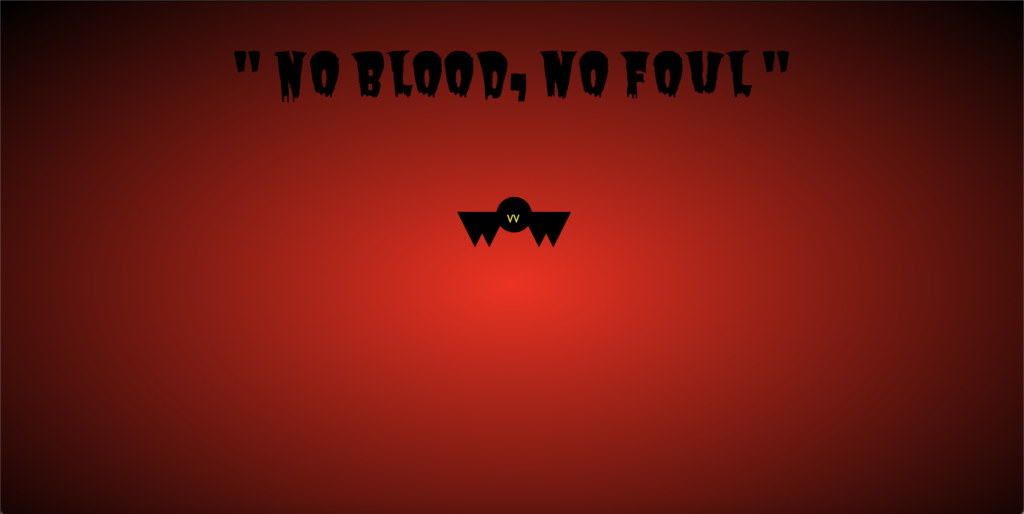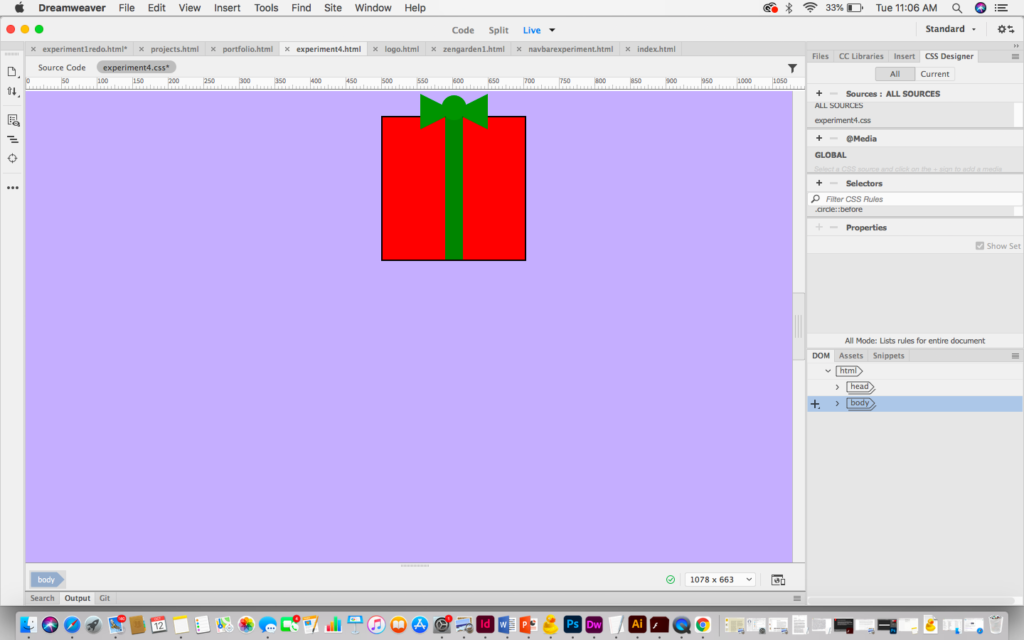I took a couple things away from Chapter Six, including in the beginning the conversation about norms and how they are “unspoken rules” in society. I found it interesting and relatable when it talks about the example of talking on the phone loudly in a tight space such a bus. If things were reversed and that was socially accepted, things would be much different. It also states, “Norms are communicated through societal interactions, including conversation, body language, and other forms of group interactivity”. This is very interesting because it is true. Things such as conversation or group interactivity over time can create a norm.
Another takeaway I had was towards the middle of the chapter when it talked about Invisible Manifestation in relation to judgment, frames, and ethics. It said “most people rarely have the time or awareness to understand how a complicated product is affecting their life”, which I have personally found evident in my day to day life. Things such as our phones play such an important role in how we communicate, navigate, and even do things such as plan our day. Without them, some people’s day may go to shambles.
In relation to this, I spoke about this in a previous week’s reading questions, in the section regarding shifting negative behavior through design it speaks about the “increased dependency on technology with regard to common, everyday activities”. It gives the example “many people view Google or a similar search engine as an extension of themselves” which as I mentioned before is very true. People tend to use technology even when they don’t realize it. How do most people check what time it is nowadays? Their phones.




